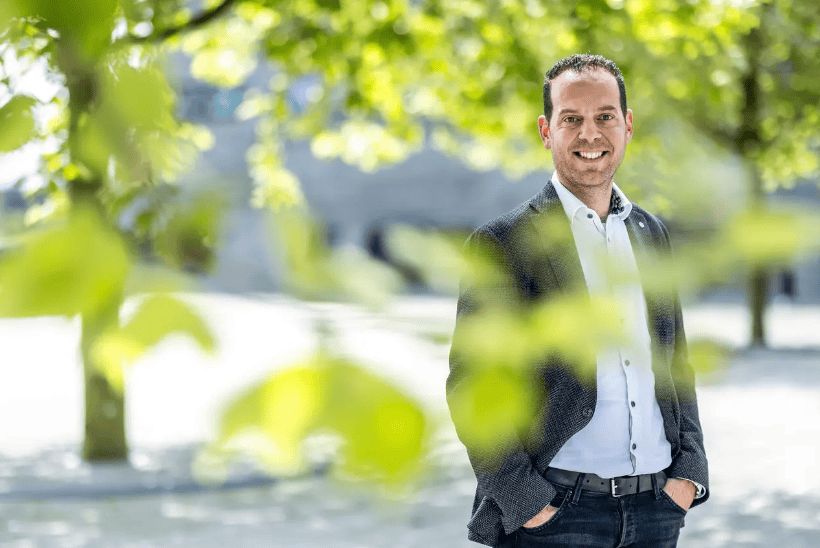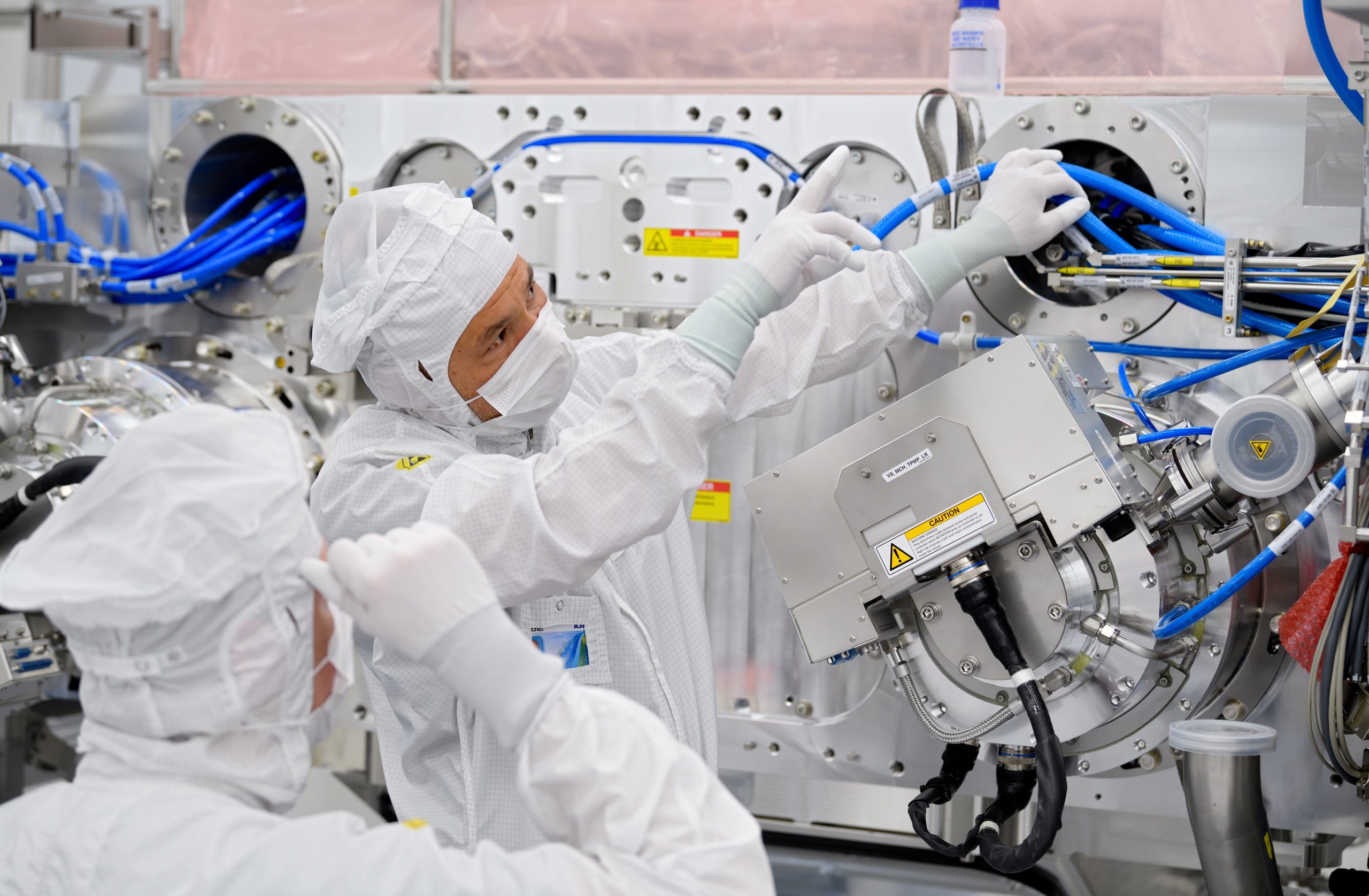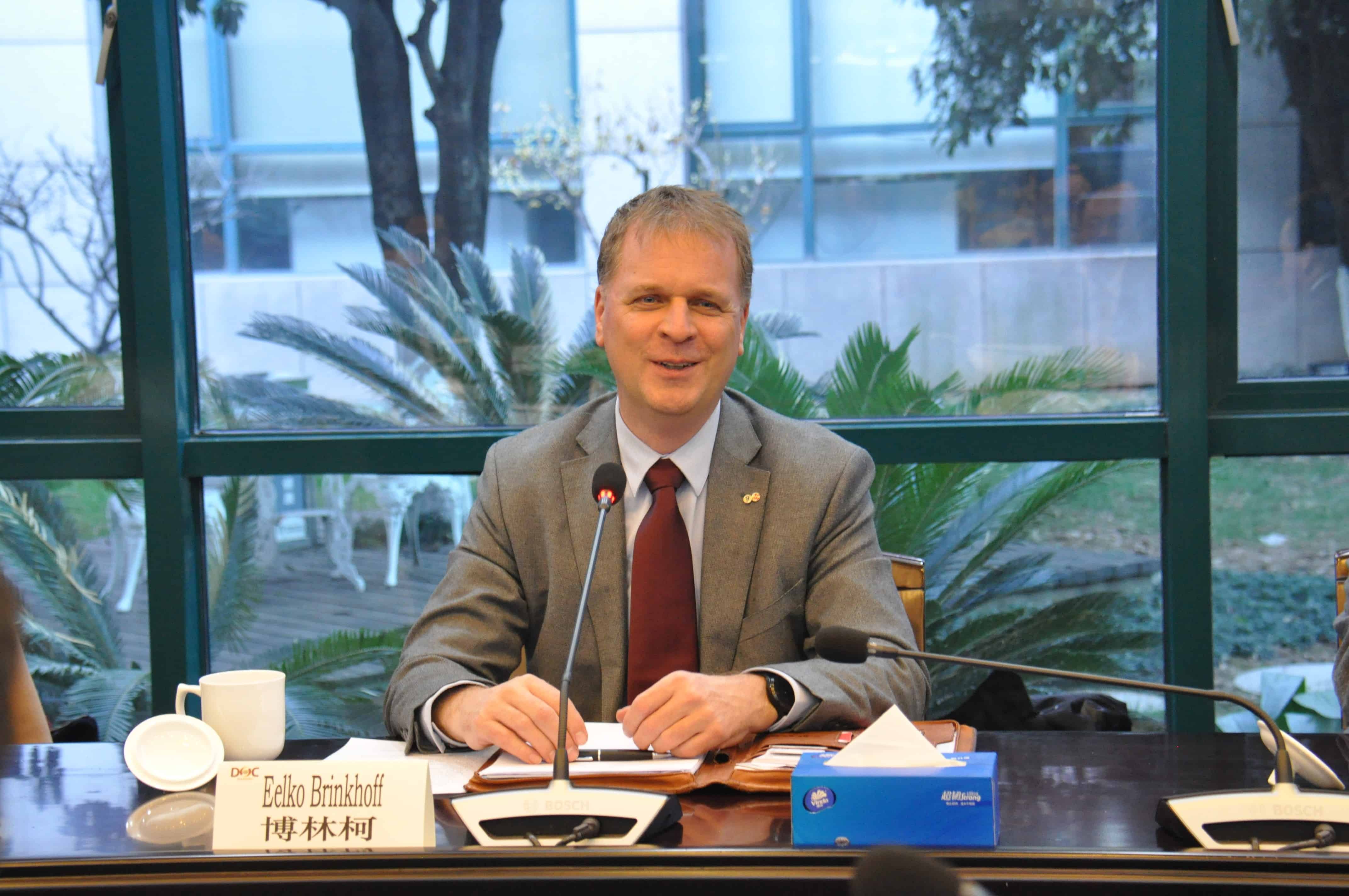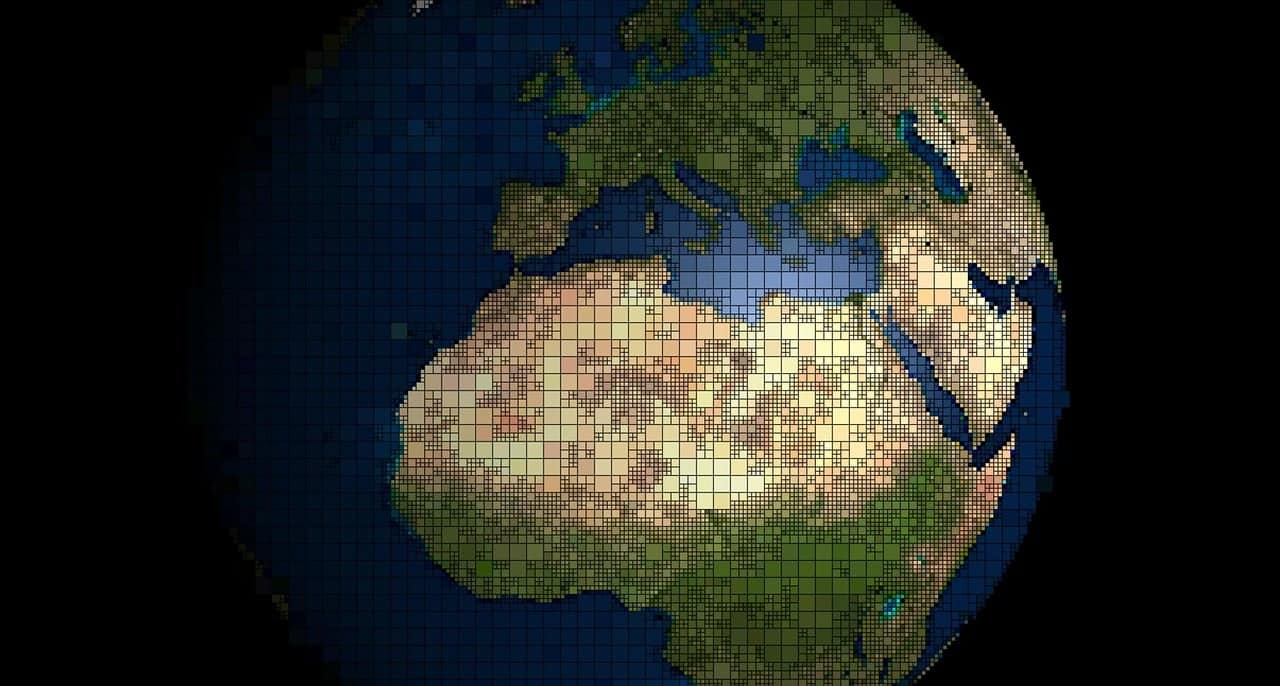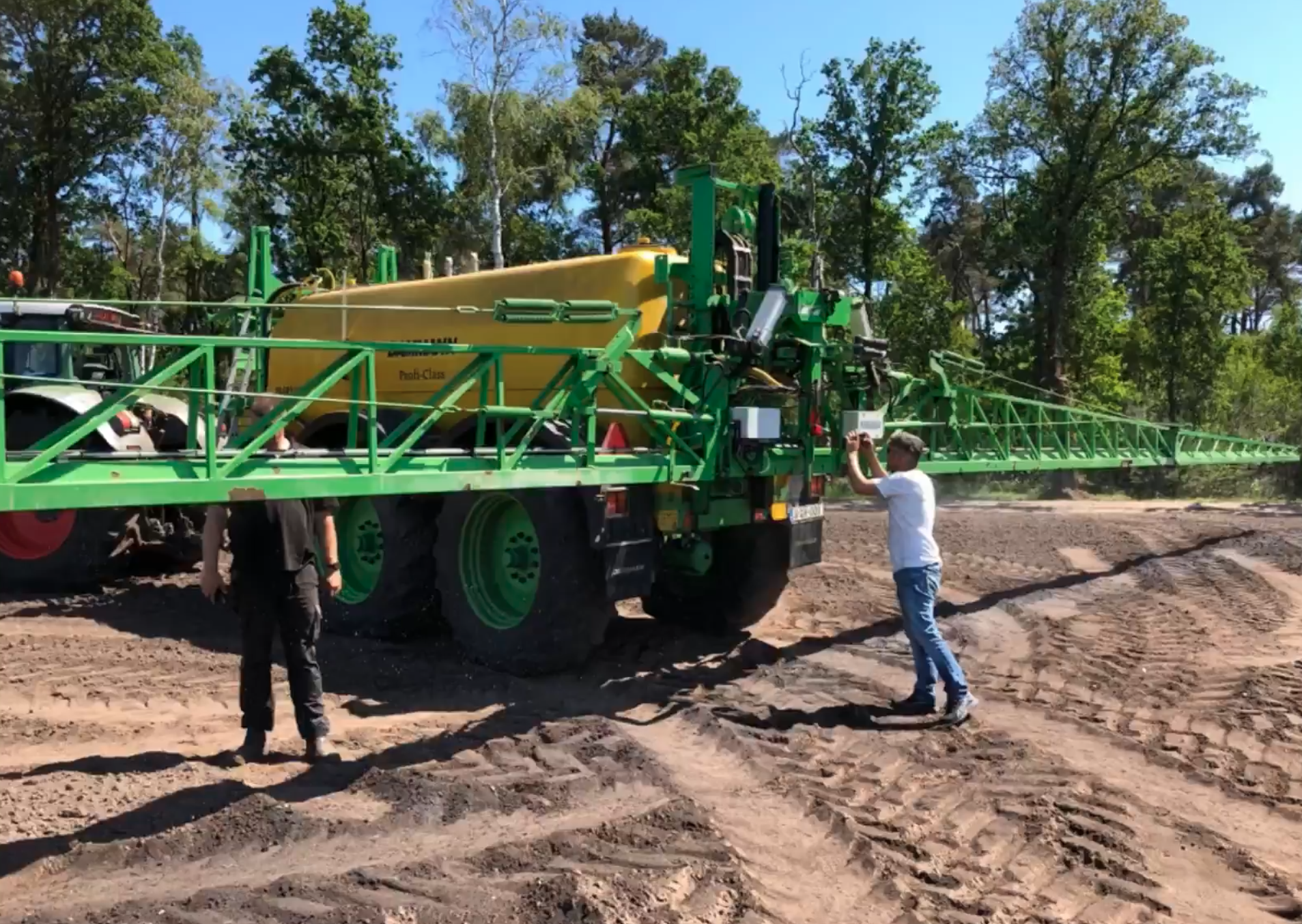
Traditionally, Brabant has a strong agricultural sector. In addition, it is one of the world’s top high-tech companies. So it’s not surprising that the province is also making major leaps at the intersection of these two sectors. The global food transition is largely driven by Brabant Agritech and Foodtech, according to the research report “Agrofood Sector” of the Brabant Development Agency (BOM). The development of high-tech machines stands out. BBLeap is a good example of this.
Many companies talk about precision agriculture, says founder Peter Millenaar of Gilze-Rijen based BBLeap. “But most of the time it’s still about promising views. I mean: at the moment the promises are often a lot bigger than the deeds”. He wants to protect BBLeap’s customers from that, he says. “We too have our ambitions, of course, but we will never try to sell anything that is still in the development phase.”
On the company website that principle is also nicely portrayed. Divided over nine phases of Technology Readiness, BBLeap shows what the status of each potential product category is: from ‘basic principles observed and reported’, the ladder ultimately reaches ‘actual system proven in application environment’. One of Millenaar’s products has now reached phase 8: the LeapBox. This means that the system can be validated in a realistic environment.
Dosage at plant level
The Leapbox is a system with nozzles that are mounted on existing agricultural machines and thus can provide a dosage at the plant level. “Not based on an average, as existing machines work, but with a specific dosage that can be different for each area of 50 by 50 centimeters, or even 25 by 25”. The system has up to 200 pulsating nozzles whose output can change up to forty times per second.
“The Leapbox is a system with nozzles that are mounted on existing agricultural machines and thus can provide a dosage at the plant level.”
The LeapBox is ten times faster and better than the competition, Millenaar says decisively. “With a higher frequency and the shortest opening and closing time, the LeapBox offers the shortest spraying cycle you can imagine”. The system regulates the dosage based on a fixed pressure, so that the droplet size remains optimal, at low and high driving speeds.
In close cooperation with the innovative arable farmer Jacob van den Borne from Reusel, the first application of the LeapBox was built – and indeed, validated. Van den Borne, who has been collecting data for ten years and is always looking for better use of it, is already very enthusiastic about it. But Millenaar wants more. “We always want more than the customer can imagine. Nor do we base our solutions on market or customer demand. We try to imagine a situation that produces the best results. We’re not farmers, we can’t grow, we’re a technology company that can help farmers with solutions they haven’t thought of yet”.
“We’re not farmers, we can’t grow, we’re a technology company that can help farmers with solutions they haven’t thought of yet”
Peter Millenaar, LeapBox
Henry Ford
In a way, his start-up is the same as Henry Ford at the end of the nineteenth century, says Millenaar. “Travelers asked for a faster horse, Ford gave them a car. Like Ford, I promise I won’t deliver what you ask for. But I will always try to find out what lies behind your question. When customers start talking about what they really want, we usually come closer to a solution.”
Millenaar is aware that he is still at the forefront of developments. “It’s too early for great commercial success, that’s still to come. It is important that the sector continues to expand, “and preferably with parties that not only sell great promises but actually contribute to new products. So that what we say is no longer related to other people’s illusions”.
Future
Looking at BBLeap’s many projects in the categories that have yet to be further developed, Millenaar is not there yet. Besides the LeapBox, there will eventually be room for a LeapJet, a LeapCat, LeapSoil, LeapCrest, and a LeapPlus. One of the developments he is looking forward to is the construction of a system that can take care of the adjustments in real-time. “With sensors and cameras, the correct dosage could then be administered per subarea based on current requirements. That doesn’t all have to be thought up by ourselves. We have an open platform on which other producers or technologies can also connect. In this way, together we ensure that the market can make use of it and that together we make the greatest contribution to the necessary transition.”
The first step for that jump has already been taken, although not in Brabant. “We are currently building a LeapBox in Australia that is controlled in real-time by a camera system. The system detects weeds in crops and the LeapBox then takes care of the correct spraying, exactly enough to spray exactly what you need.”



